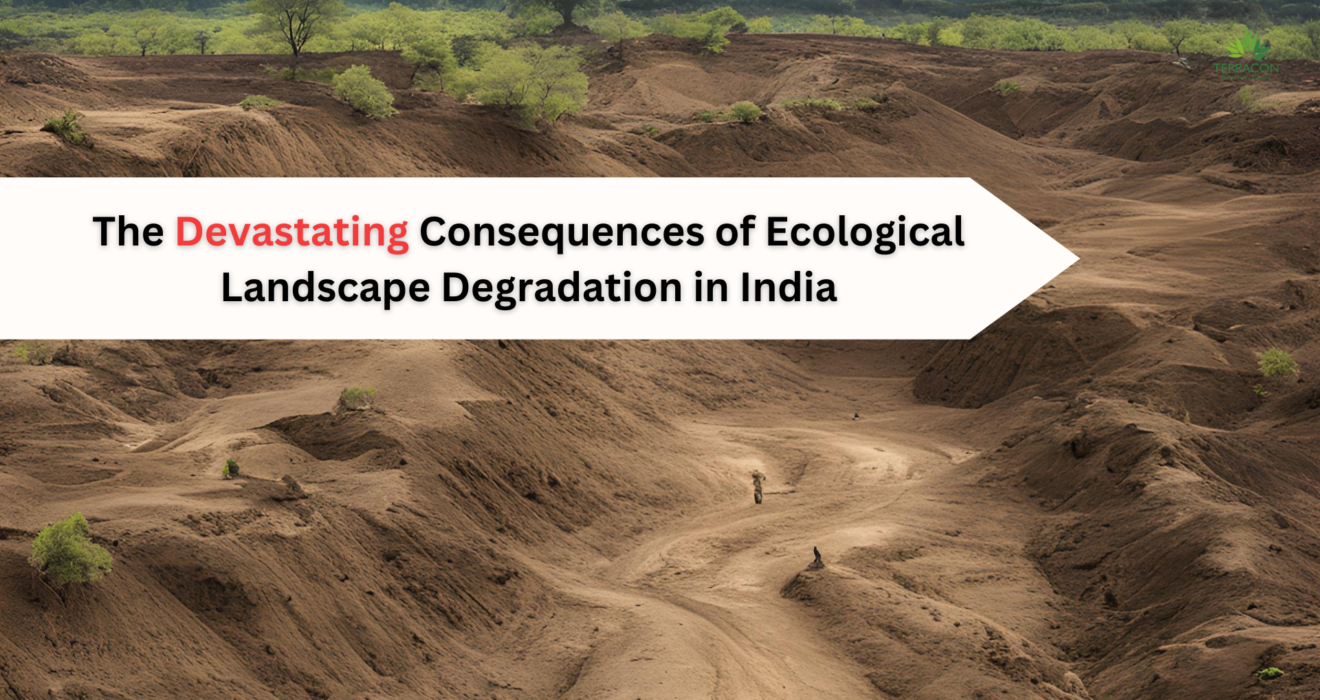Ecological landscape degradation refers to the decline or destruction of natural habitats and ecosystems, leading to the loss of biodiversity, ecosystem disruption, and negative impacts on human health and well-being. In India, this phenomenon is particularly alarming, with far-reaching consequences for the country’s environment, economy, and human populations.
India’s ecological landscape is facing unprecedented threats, with significant implications for human health, well-being, and economic development. The country’s rich biodiversity and ecosystem services are being degraded at an alarming rate, with habitat fragmentation, climate change, and human activities such as deforestation, agriculture, and urbanization being major contributors to this decline. know more about Biodiversity
The Scale of the Problem:
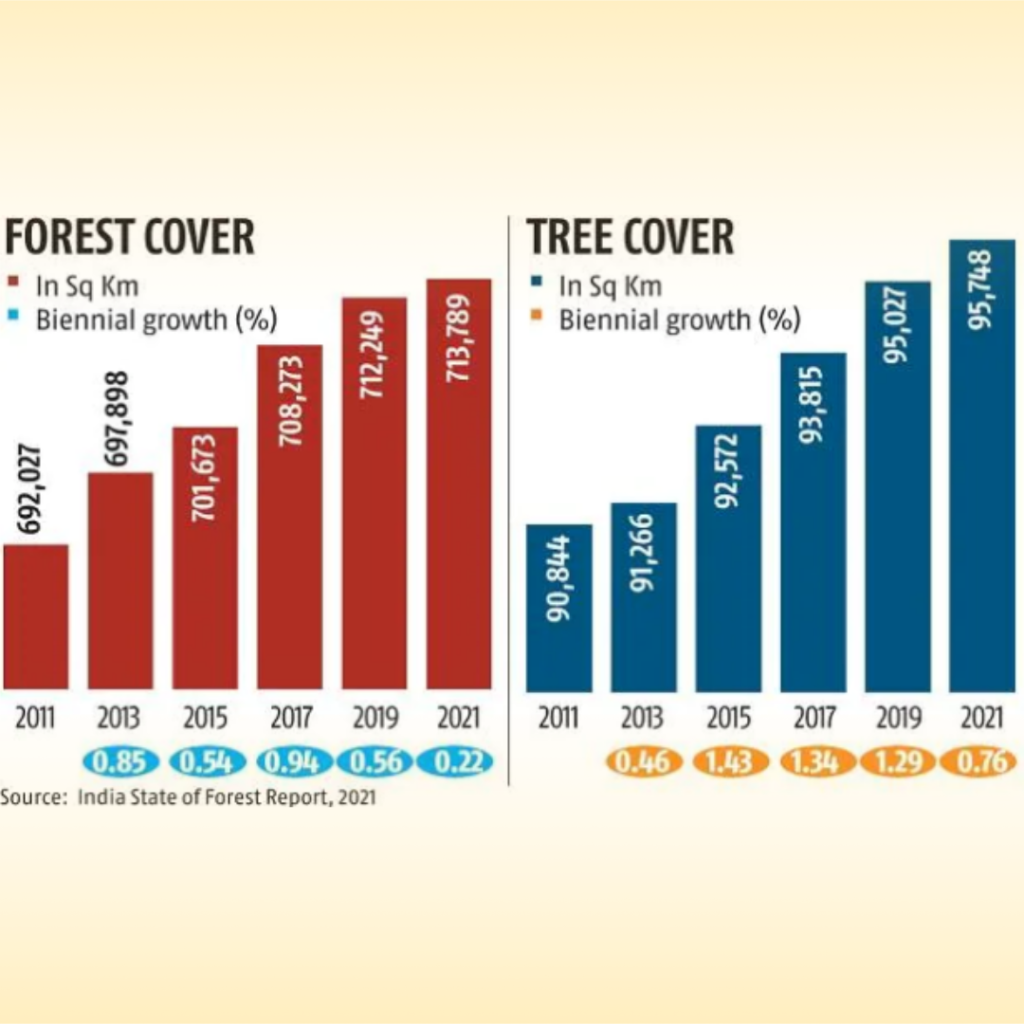
India plans to increase its forest cover from 25% to 33% and restore 26 million hectares of land by 2030, as stated in the India State of Forest Report 2021. However, the country is home to a vast array of ecosystems, including forests, grasslands, and wetlands, which support a rich diversity of plant and animal species. Unfortunately, these ecosystems are too facing numerous threats, including habitat fragmentation, climate change, and human activities such as deforestation, agriculture, and urbanization.
As the natural habitats of these species are destroyed, the consequences are felt across the entire ecosystem. The delicate balance of nature is disrupted, leading to a cascade of negative effects on the environment and human populations. Soil erosion, loss of native vegetation, and water pollution are just a few of the devastating consequences of ecological landscape degradation.
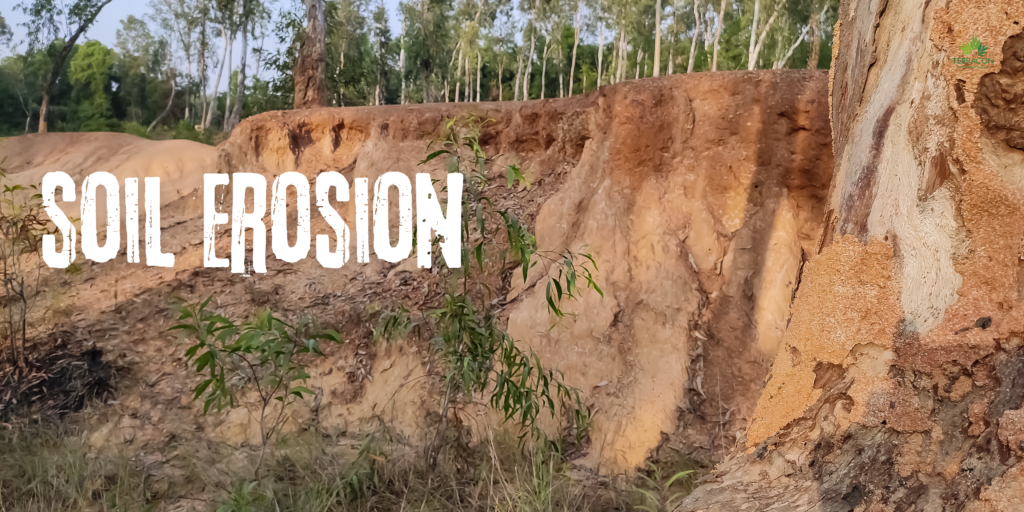
For instance, soil erosion in India is estimated to be around 147 million hectares, which is approximately 46% of the country’s total land area. This not only affects agricultural productivity but also leads to the loss of fertile topsoil, reducing the land’s ability to support plant growth. The economic impact of soil erosion is significant, with an estimated annual loss of around ₹1.4 lakh crore (approximately $20 billion USD).
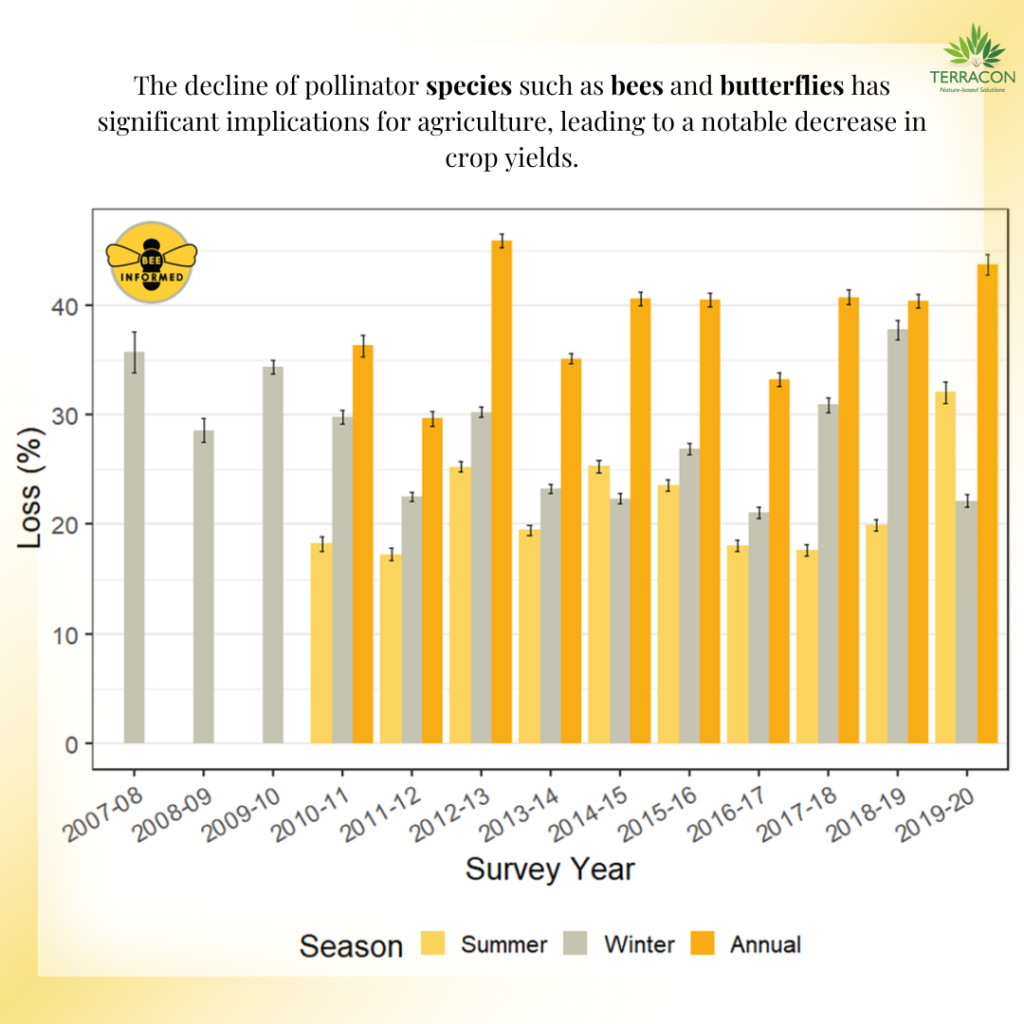
Approximately 75% of the world’s leading food crops depend on animal pollination, which accounts for 5-8% of global agricultural production by volume
The loss of native vegetation has a ripple effect on the entire ecosystem, leading to the loss of habitats for countless species. India has lost over 40% of its natural forests in the last century, with many species of plants and animals facing extinction. The loss of native vegetation also disrupts ecosystem services, including pollination, pest control, and climate regulation. For example, the decline of pollinator species such as bees and butterflies has led to a significant decrease in crop yields, with an estimated annual loss of around ₹10,000 crore (approximately $1.4 billion USD).
According to the National Water Mission, India’s water scarcity is expected to worsen, with an estimated 50% of the country’s population facing water scarcity by 2030.
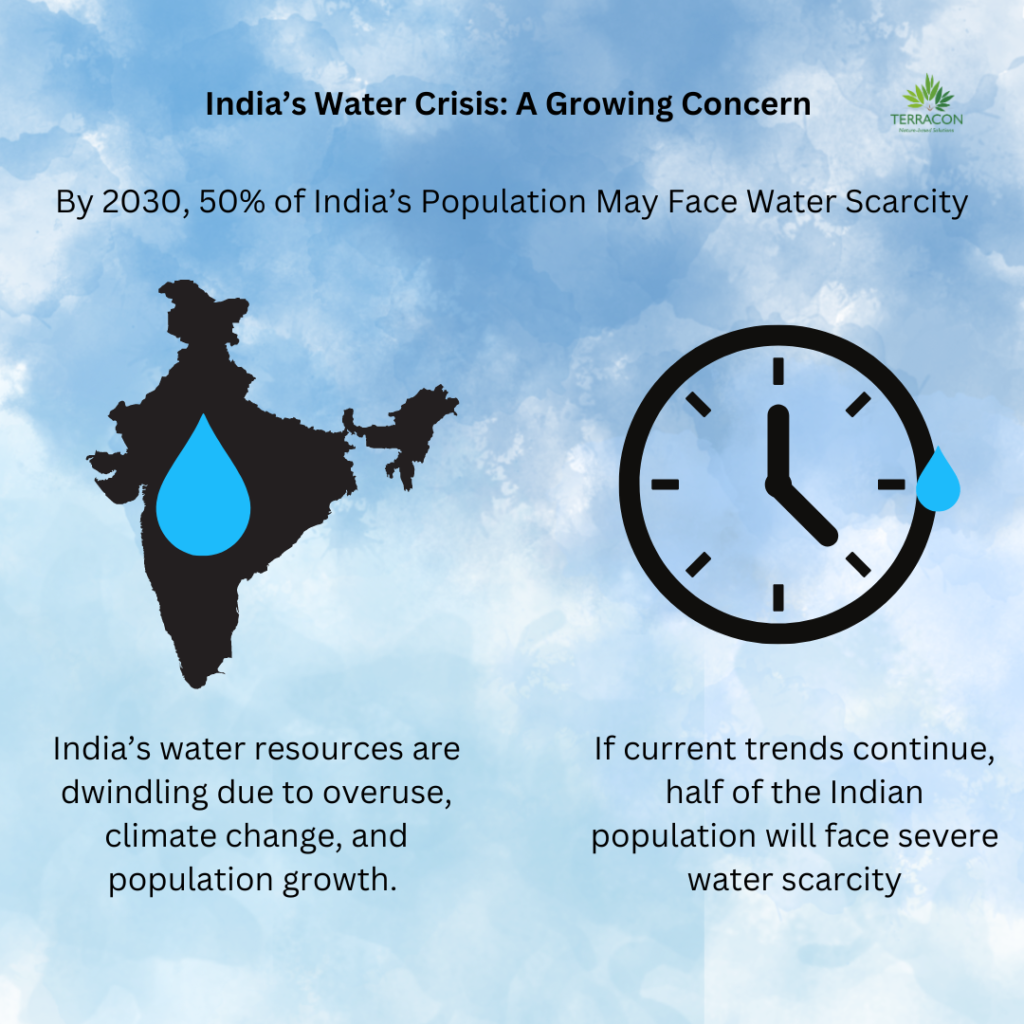
Furthermore, the pollution of India’s water bodies has severe consequences for human health and the environment. Industrial effluents, agricultural runoff, and domestic waste contaminate rivers, lakes, and groundwater, affecting aquatic ecosystems and human consumption. The depletion of groundwater resources, exacerbated by climate change, has led to water scarcity, affecting agriculture, industry, and human consumption. Learn the importance of Ecosystem.
The impact of climate change is felt across the entire country, with rising temperatures, changing precipitation patterns, and increased frequency of extreme weather events. This has led to more frequent droughts, floods, and heatwaves, affecting agricultural productivity, human health, and infrastructure. The melting of Himalayan glaciers, a critical source of freshwater, threatens the long-term sustainability of India’s water resources. According to the Indian Meteorological Department.
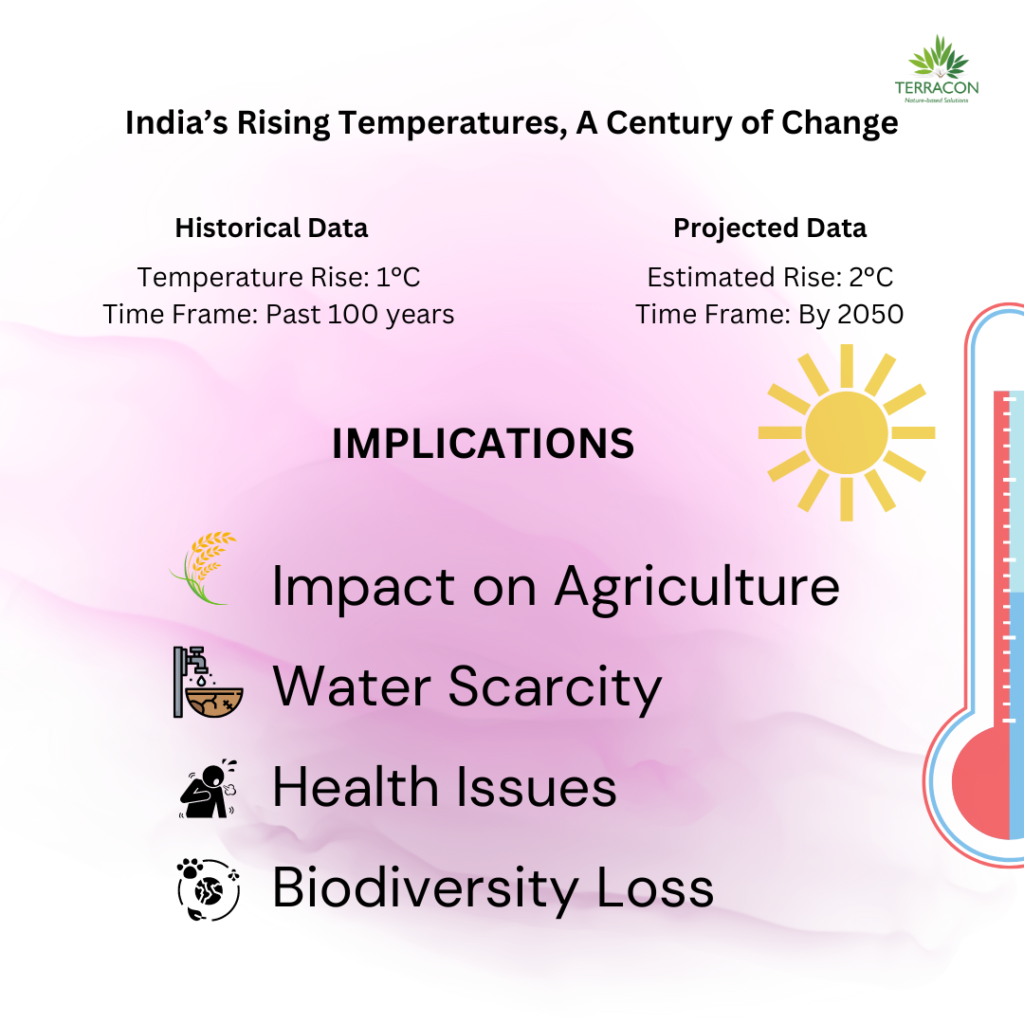
“The country has experienced a 1°C rise in temperature over the past century, with an estimated 2°C rise expected by 2050.“
Ultimately, the degradation of ecological landscapes has severe consequences for human health and well-being. Air and water pollution, exacerbated by environmental degradation, are major contributors to India’s high burden of respiratory diseases, cancer, and other health problems. The loss of natural habitats and ecosystem services also affects mental health, with increased stress, anxiety, and depression linked to urbanization and environmental degradation. According to the World Health Organization, environmental degradation is responsible for around 25% of all diseases in India, with an estimated annual economic burden of around ₹3.2 lakh crore (approximately $45 billion USD).The consequences of ecological landscape degradation in India are far-reaching and devastating.
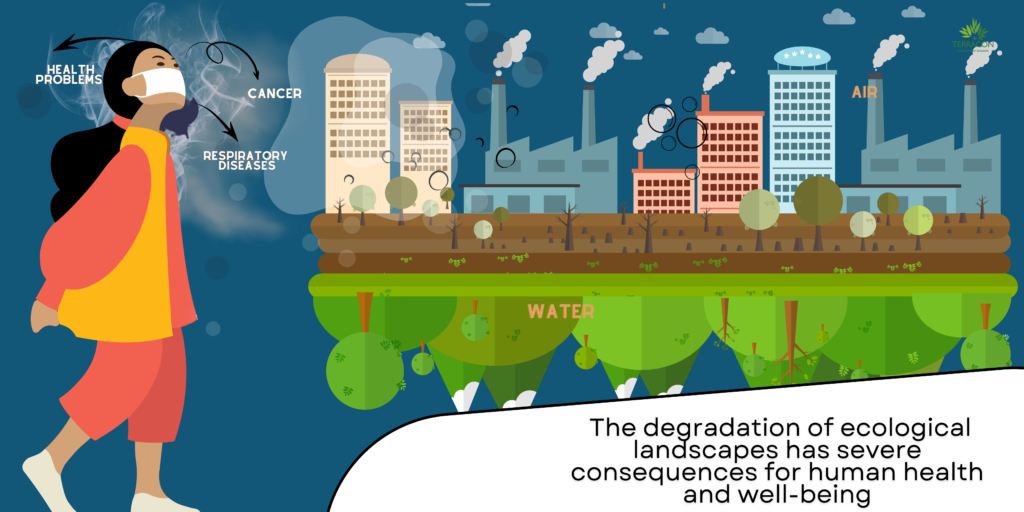
How can India balance its economic development with the need to protect and restore its ecological landscapes, in order to mitigate the devastating consequences of environmental degradation and ensure a sustainable future for its citizens?

Written by
Anjeeta Goud
Team Business Development and Strategy
Terracon Ecotech
Reference:
What is landscape restoration?
This report provides details on India’s forest cover and efforts to restore degraded lands.
Deforestation and Forests Degradation Impacts.

